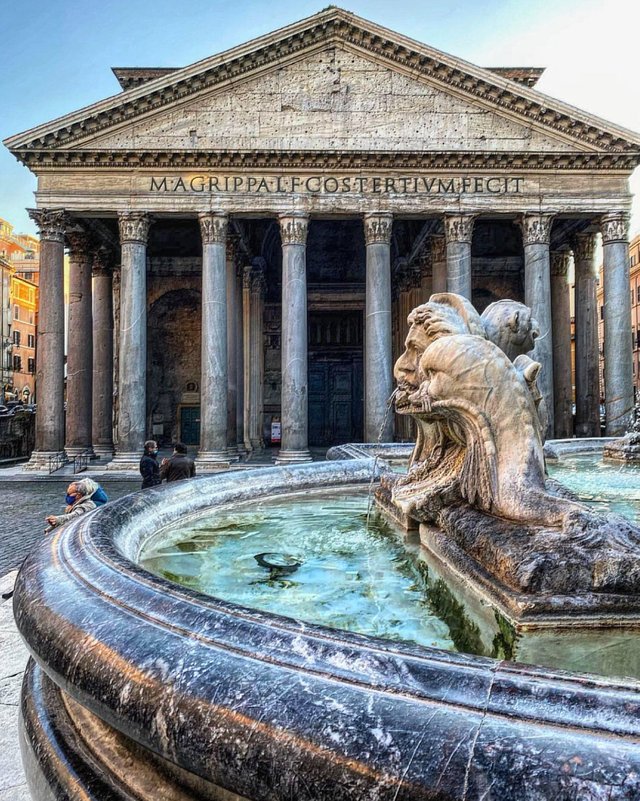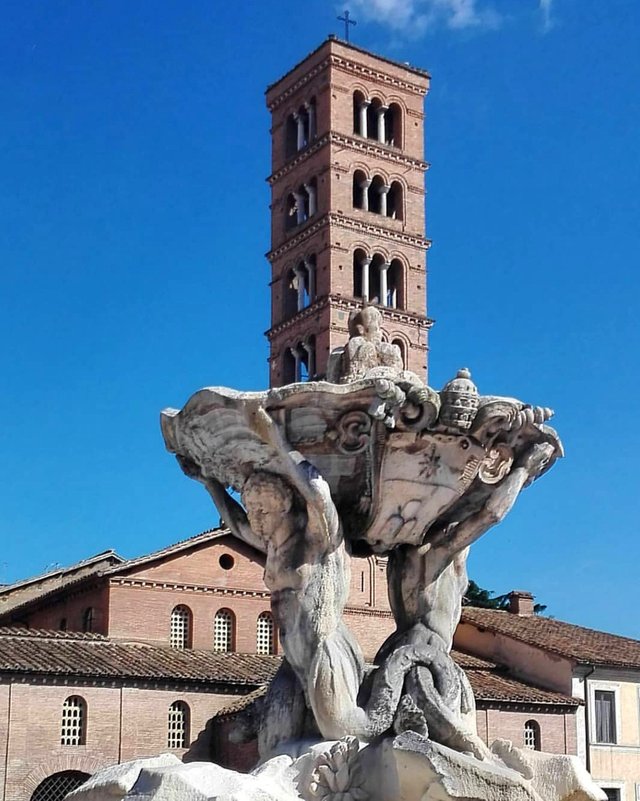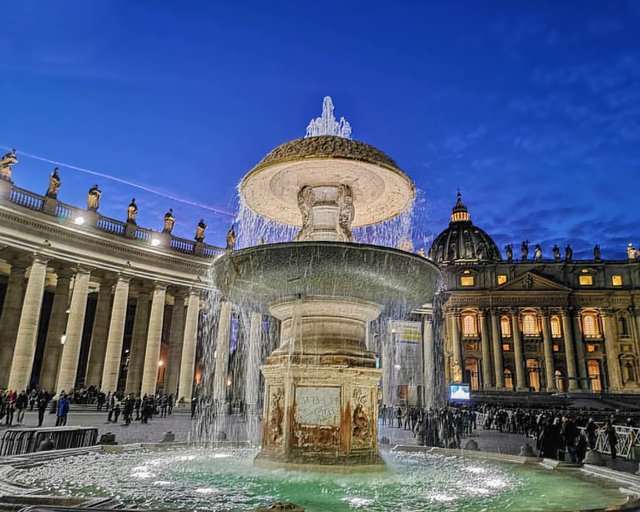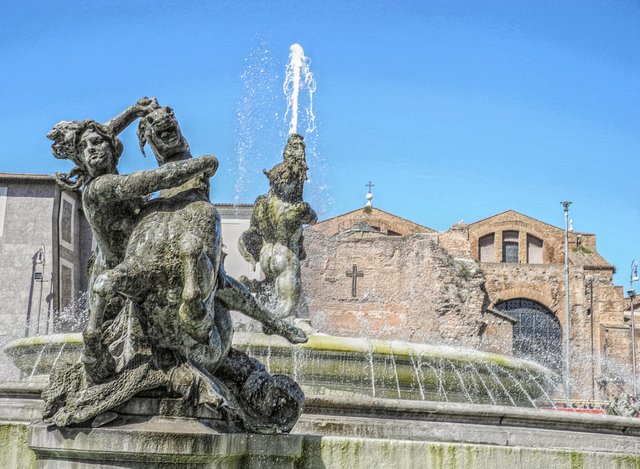Fountains of Rome I


Every fountain in Rome is a true work of art. Everyone has their history and life and everyone can convey if not strong emotions at least a vague sentimentality or romance. They are spread all over the city, some are small others are huge decorating the facade of a building or public square where they are located. I strongly believe that anyone who passes by them stops at least a little, if not to admire them, at least to cool off from the ice-cold water.
I am now trying to list some of them, not necessarily the most well-known or valuable ones, but simply the ones that aroused strong emotions in me and I let myself either with my mouth open or with a strong desire in my soul to return to the edge. to look at them again.



The fountain in Piazza Colonna is located in the square of the same name, in front of the Chigi palace. It was built by the sculptor Rocco Rossi according to the plans of the architect Giacomo Della Porta, in 1575. Like many other fountains in Rome, it was placed in a public square to provide residents with healthy drinking water, an alternative to the polluted water of the Tiber. It works only on the basis of gravity, its water tank being located higher than the basin. The pool has an octagonal shape, is flanked by pink marble and decorated with cross dolphins.
The Pantheon Fountain is located in Piazza della Rotonda, in front of the Pantheon. It was executed in marble by Leonardo Sormani, according to the plans of the same Giacomo Della Porta, also in 1575. It represents 4 dolphins framed by sea snakes.
The fountains of Piazza San Pietro are the 2 famous identical fountains in St. Peter's Square in the Vatican. Many believe that both fountains are made by Bernini but this is not the case. Few people know that the fountain on the right is older, dates from 1490 and had another position in the market. When Bernini redesigned the square he realized that the old fountain did not fit the old location and then he decided to build the second one and placed them symmetrically, on either side of the obelisk in the center.



The Naiad Fountain is located in the center of the Piazza della Republica, right in front of the Baths of Diocletian. It is a relatively new fountain, if we compare it with others in Rome and is the creation of Mario Rutelli from 1901. It represents 4 nymphs: Lake Nymph, River Nymph personified by a river monster, Ocean Nymph symbolized by a sea horse and Water Nymph underground personified by a dragon. In the middle is a group called Glauco, which symbolizes man's power over the forces of nature.
Fontana della Barcaccia is located in Piazza di Spagna, right at the base of the Spanish Treptelor. It represents a sinking boat, partially flooded by the water that passes on board. It is Bernini's baroque work that he finished in 1627. Bernini was inspired by the flood of the square caused by the Tiber, which left in that very place, after the withdrawal of the waters, a broken boat.
The Fountain of Neptune, the Goddess of Rome, the Fountain of the Obelisk are the fountains in Piazza del Popolo. The central fountain at the base of the obelisk represents 4 Egyptian pyramids flanked by lions was placed here in 1814. The statuary groups that flank the square to the east and west are the creation of Giovanni Ceccarini in 1822, in the west Neptune with the trident and flanked by dolphins and in the east the representation of Rome, with spear and helmet and a statue of the she-wolf.



Very good.^^